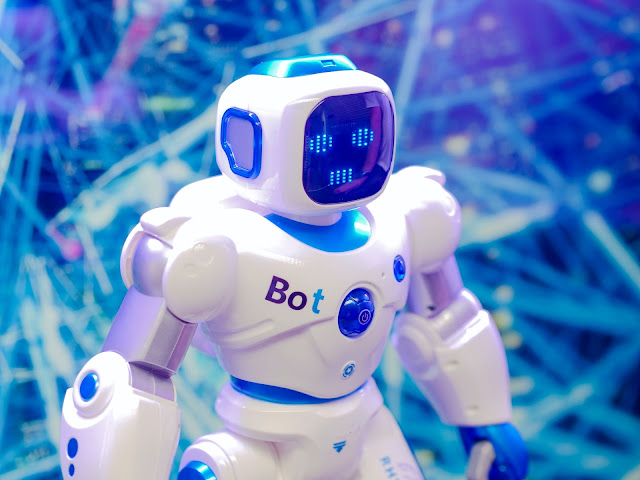A formal introduction to Artificial Intelligence is no longer
necessary. Artificial Intelligence is no longer simply a buzzword; it has
become an integral part of our everyday lives. With companies building
intelligent machines using AI, it is revolutionizing business sectors in a way
that has never been seen before. You can learn about the various stages and
categories of AI in this article on kinds
of artificial intelligence.
What is Artificial
Intelligence?
The goal of Artificial Intelligence is to build intelligent
machines out of vast volumes of data. These types of AI systems are designed to learn from past experiences and
perform tasks similar to those performed by humans. By using complex algorithms
and methods, Artificial Intelligence is able to construct machines that can
make decisions on their own. Machine Learning and Deep Learning are the two
main components of Artificial Intelligence.
Types Of Artificial
Intelligence
There are four primary types
of AI based on the current classification system: reactive, limited memory,
theory of mind, and self-aware.
1. Reactive AI
In its simplest form, reactive AI is programmed to respond to
inputs by providing predictable outputs. They cannot learn actions or imagine
the future, and they react to identical situations in the same manner every
time. The development of reactive artificial intelligence was a tremendous
advancement in artificial intelligence, but they are limited to the tasks for
which they were originally designed. Consequently, scientists developed the
next types of AI from this
foundation, which is inherently limited.
2. Limited Memory AI
Based on observations of actions or data, AI with limited
memory builds experiential knowledge. Using historical observations combined
with pre-programmed information, this type of AI can make predictions and
perform complex classification tasks. It is important to keep in mind that
limited memory AI – as its name suggests – still has its limitations.
Autonomous vehicles deal with fleeting information that is not stored in
long-term memory.
3. Theory of Mind AI
Theoretically speaking, machines with theory of mind AI can
understand and remember emotions, then adapt their behavior accordingly as they
interact with people. Human communication is fluid in its response to rapidly
changing emotions, so creating more and more emotionally intelligent machines
is difficult due to the difficulty in mimicking it.
4. Self-aware AI
Artificial intelligence that can be self-aware is the most
advanced form of artificial intelligence. When machines have the ability to
understand their own emotions and others around them, they will be as
intelligent as humans.
As a result of this type of AI, machines will have desires,
needs, and emotions as well. These machines will be able to sense their
emotions and mental states, and make inferences that would not be possible
through other kinds of artificial
intelligence.
Conclusion
As science continues to push the limits of artificial
intelligence, understanding the differences between the different types of AI systems may help you make
sense of the advances. It may be a while before machines are able to solve all
issues and are self-aware, but we should focus our efforts on understanding how
machines learn and train on their own, and how they can make decisions based on
past experiences.






